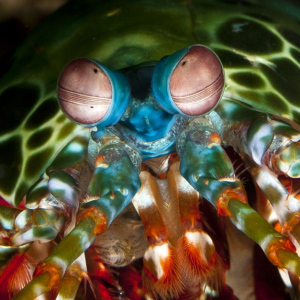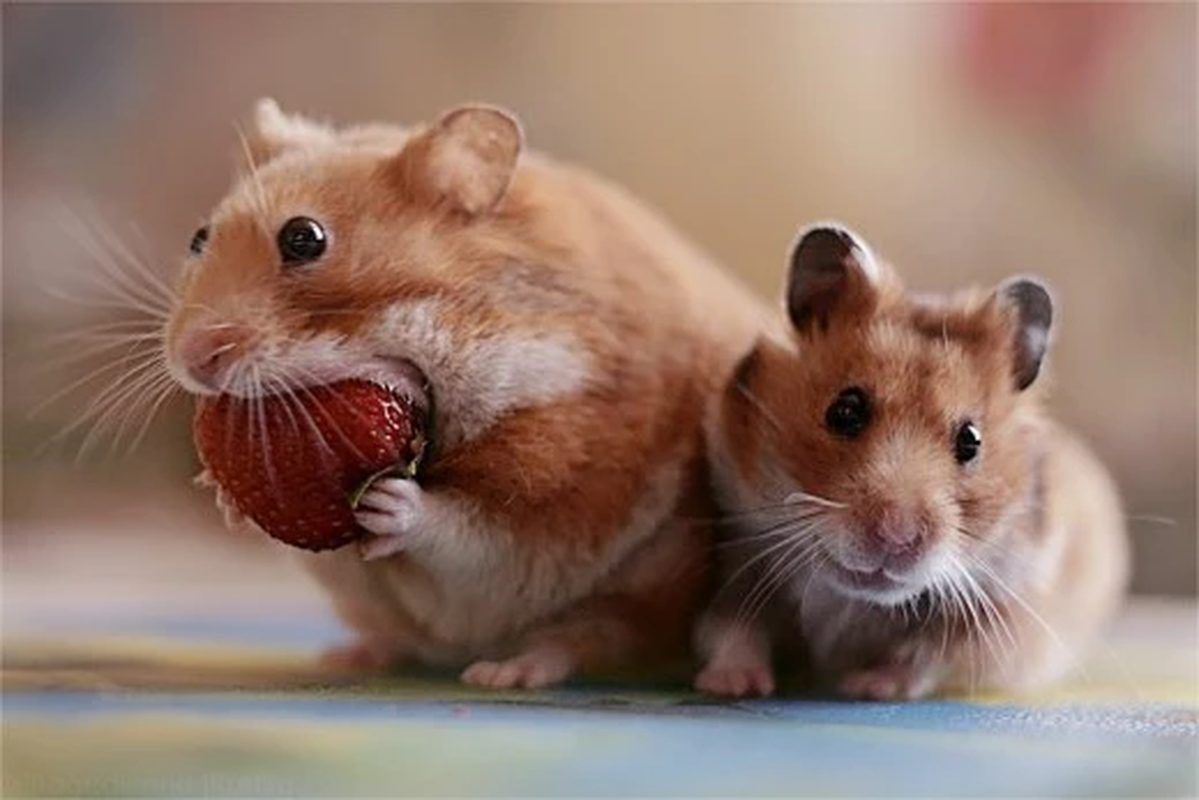
1. Hamsters: As one of the animals with the widest mouths on the planet , Hamsters have cheeks that act like large pockets, which can hold up to 20% of their body weight. This ability helps hamsters effectively store food for use in times of need.
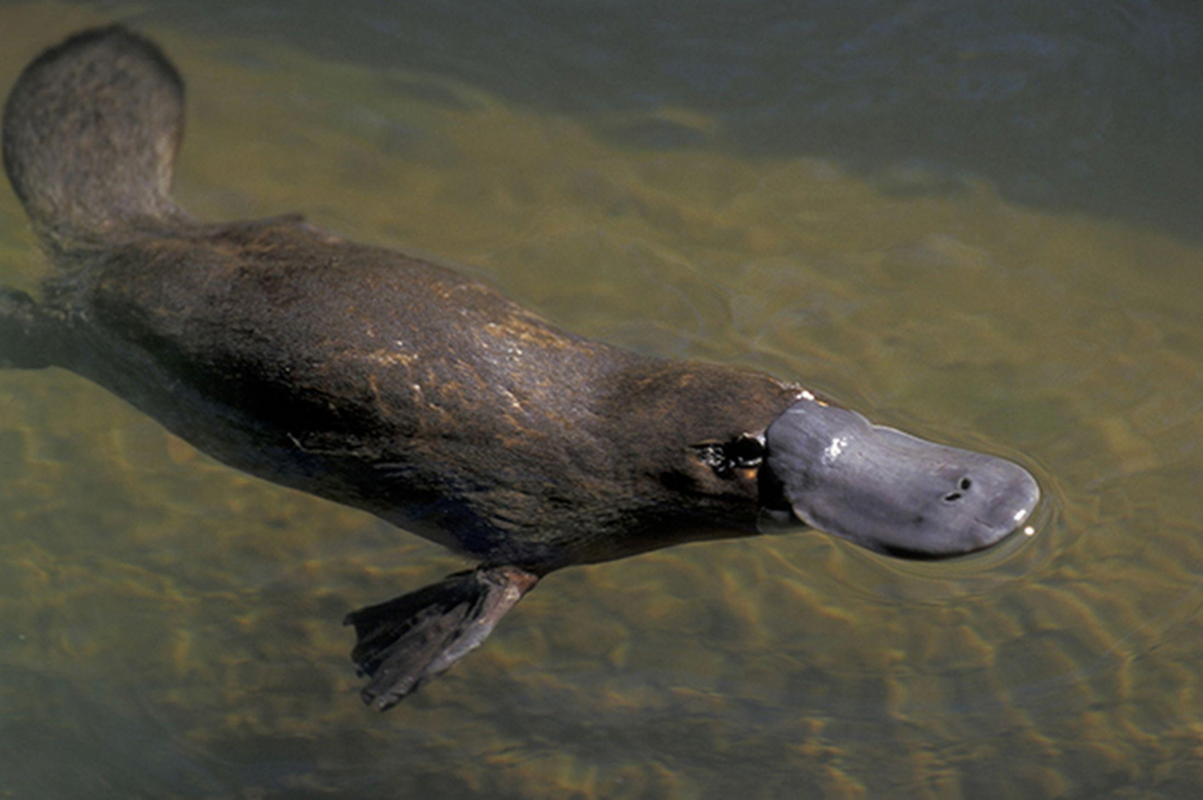
2. Platypus: The platypus is an egg-laying animal with cheek pouches under its snout, looking like a real duck’s bill. They use cheek pouches to temporarily store food such as worms, snails and crustaceans while diving underwater. Food is kept in their cheek pouches until they reach shore before they begin to grind and eat, sometimes adding gravel to make it easier to crush food because they do not have teeth.
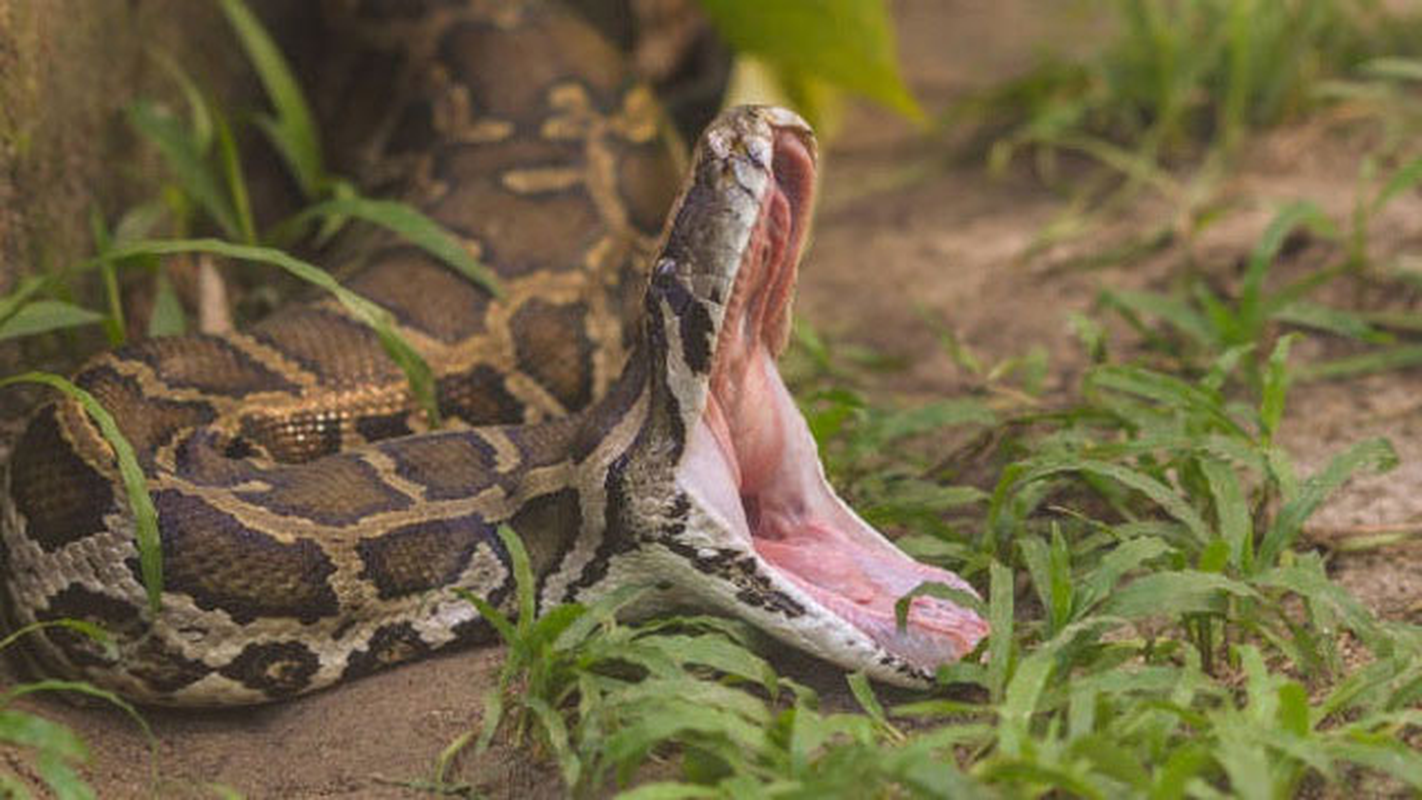
3. Snakes and Pythons: Snakes, especially pythons, can open their mouths wide enough to swallow prey much larger than their body size. A typical example is a Burmese python that once swallowed an adult white-tailed deer whole.
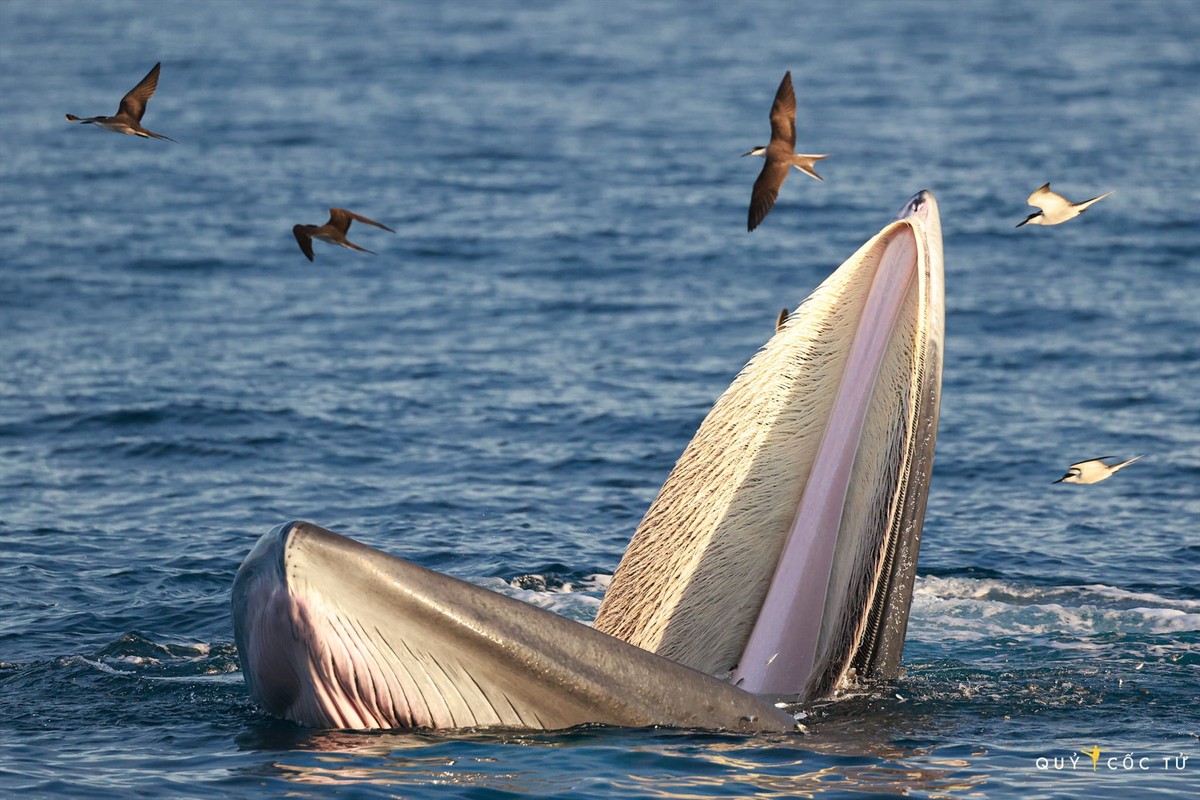
4. Whales: Blue whales and fin whales can open their mouths wide to swallow large amounts of seawater, filled with food like krill and fish. An adult blue whale can hold about 26,000 gallons (100,000 liters) of water at one time.

5. Pelican: Pelican stands out with its giant beak, which can expand to hold up to 11 liters of water, three times the volume it can hold in its stomach. This makes it easier for pelicans to hunt on the sea and lake surface.
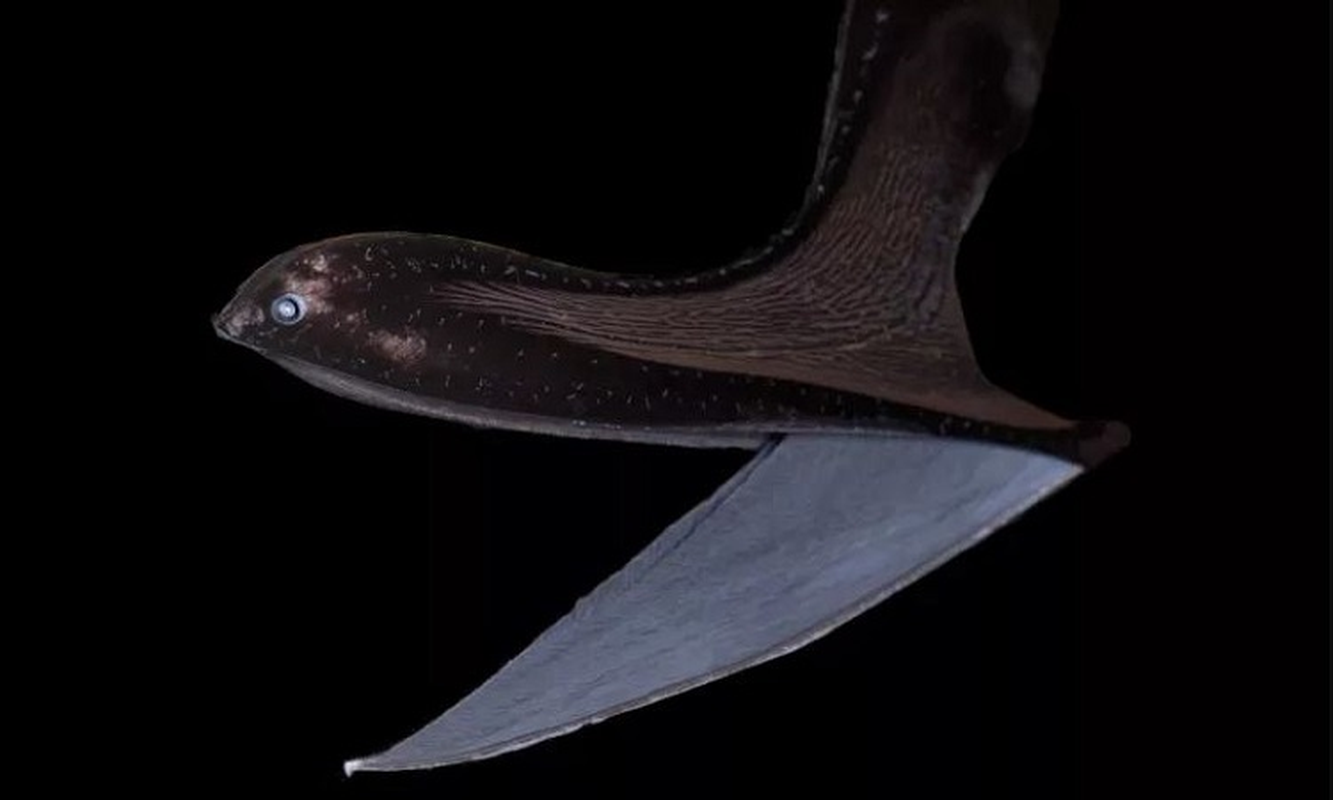
6. Pelican eel: Pelican eel (Eurypharynx pelecanoides) lives on the ocean floor, at a depth of about 3,000 meters. When necessary, its mouth can expand to an area five times larger than its body, helping it hunt effectively.

7 Monkeys: All monkeys have cheek pouches to store fruits and nuts while searching for more food. The monkey’s cheek pouch extends down to the neck and is capable of secreting enzymes that help break down starch, starting the digestive process. Monkeys usually only store fruits and seeds in their cheek pouches, while they will eat insects immediately. We invite readers to watch more videos: The incredible intelligence of crows.




